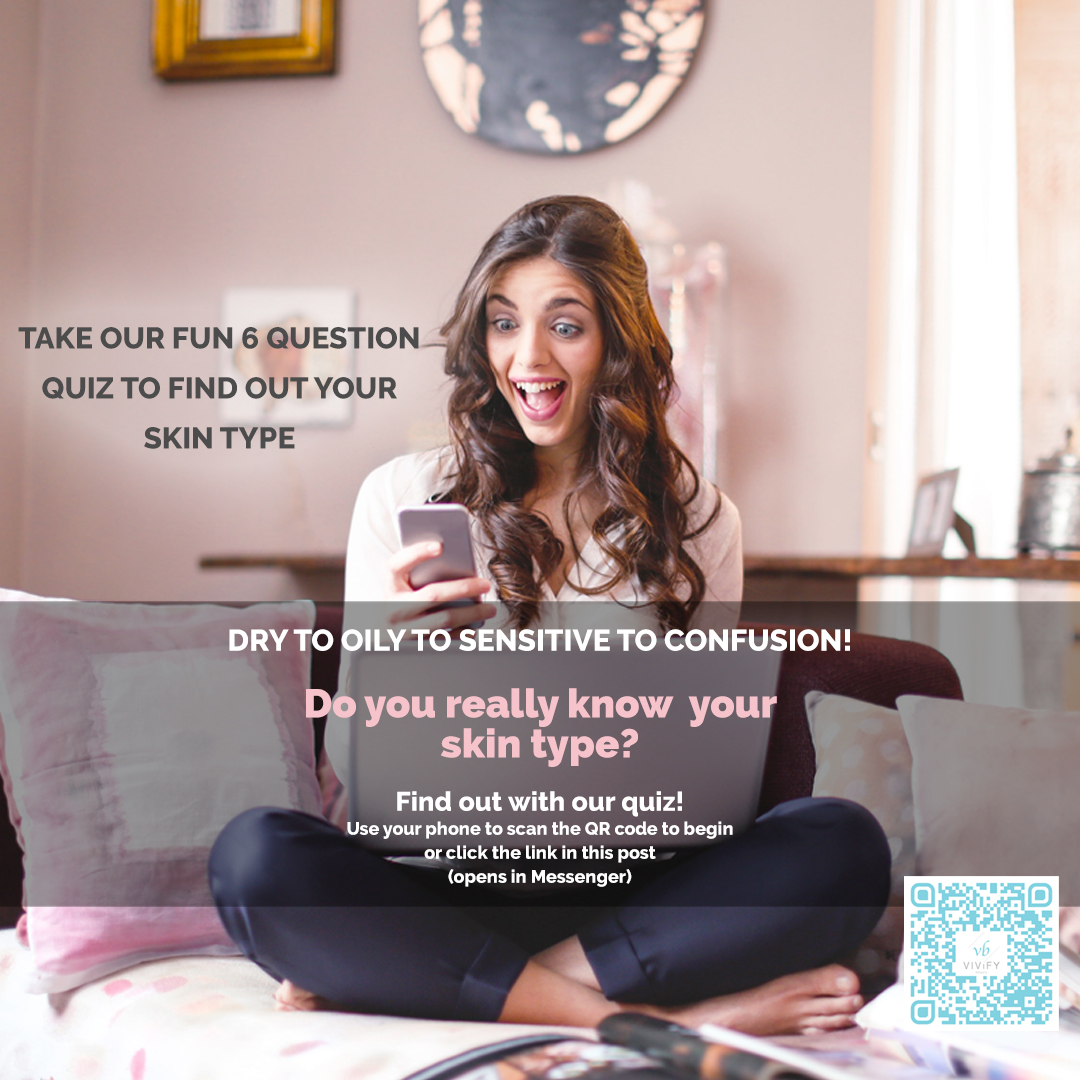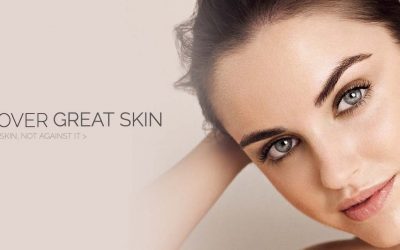Revealing professional analysis technology with 6 magic modes that results in amazing skin health
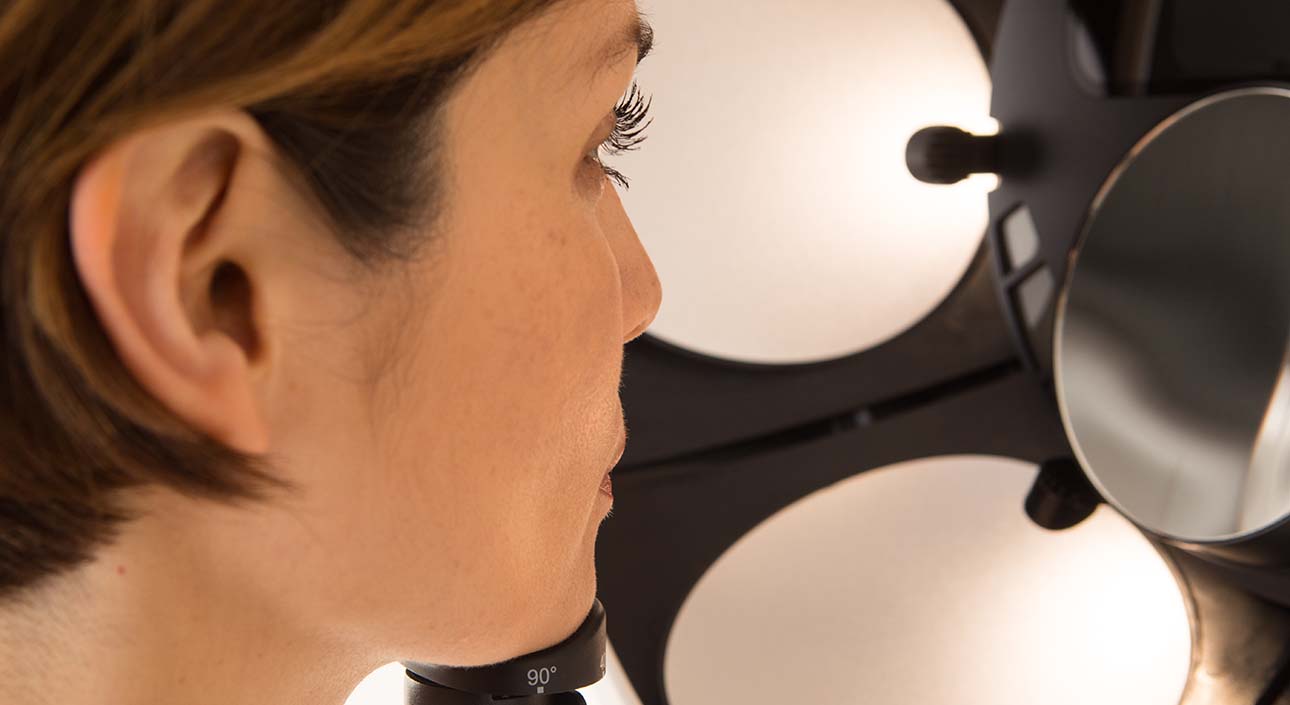
A revolutionary journey beneath the skin surface
Using the different OBSERV´s illumination modes to analyse the different layers of the skin
The appearance of the human skin
When carefully looking at the skin, a number of features can be recognized which contribute to the overall appearance of someone’s skin. The human skin is a layered organ not only on a biological level but also in an ‘optical’ sense. Each of the visual properties can be explained by complex physical phenomena.
The appearance of the surface of the skin is the result of a complex interaction between light revealing the fine textures and glyphic patterns of the surface, the shine of the light reflecting of the lipid film or the scattering of light through rough or dry skin cells.

The OBSERV is designed with 5 different observation modes allowing you to view and analyse skin health through all layers; from the surface to deepest layer.
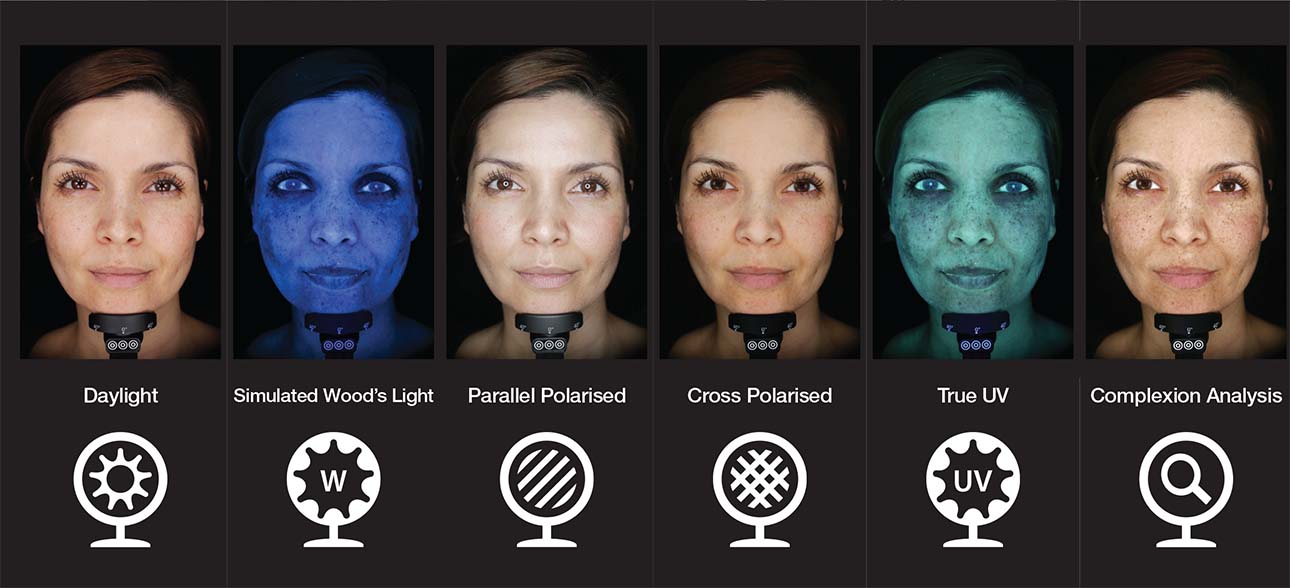
1.
Daylight mode
This mode allows you evaluate the skin in a bright but neutral illumination. The OBSERV illuminates the full face with a diffuse light coming from all directions. The face and its features are evenly illuminated without disturbing shadows or emphasis on particular skin features or layers. It provides a clear and reproducible means for an overall clinical evaluation of the facial skin in a natural light.
Diagnostic values
-Overal appearance and apperent age
-Clinical photography and evaluation
-Facial topography (fine lines, wrinkles, skin sagging)
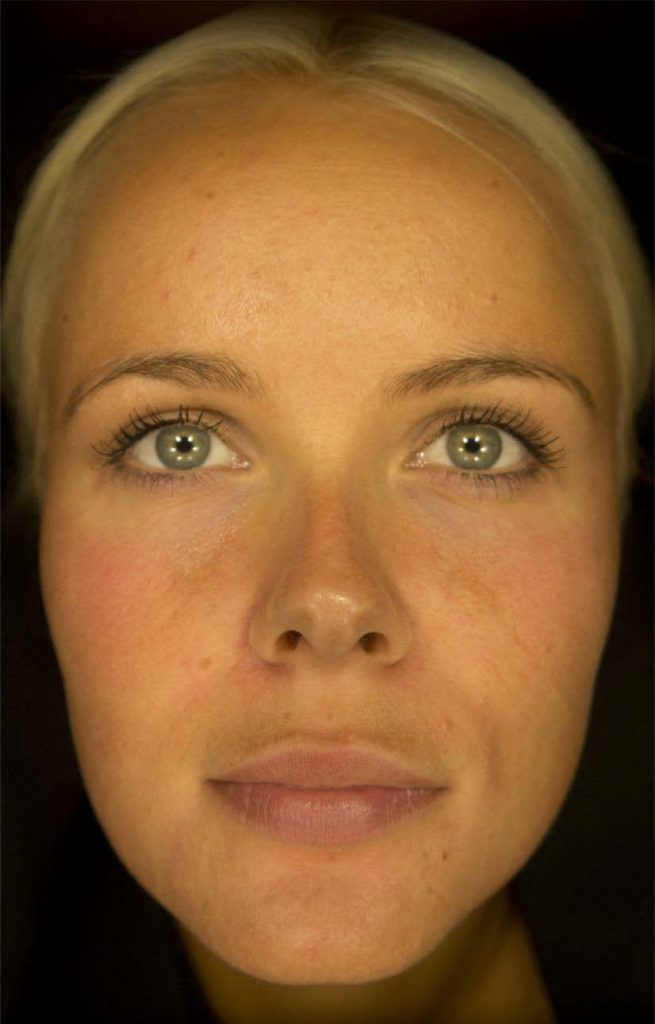
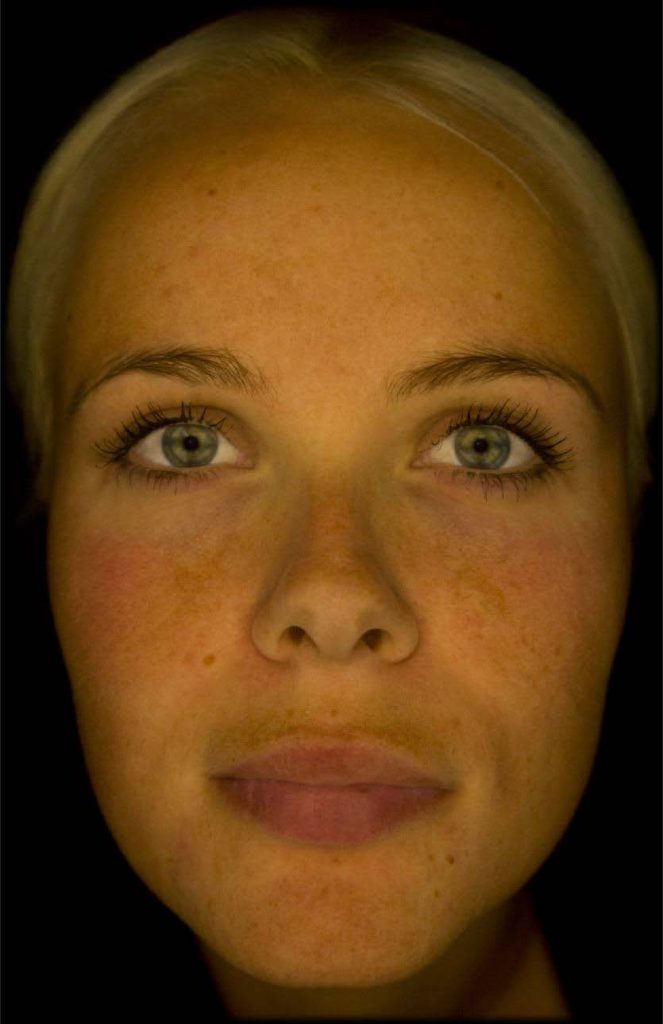
2.
Cross polarized mode
The view into the skin is obscured by bright light reflecting of the surface of the skin. In the cross-polarized mode a special filter supresses such disturbing surface reflections and allow you to look into the skin. In effect it is very similar to Polaroid® sun glasses. In the image below you see how the little waves on the water surface can be clearly seen while at the same time it blocks the view to the rock bottom of the river. On the right image a polarisation filter removes the light rays reflecting of the surface of the water; the fine ripples on the water surface can no longer be seen but the fine details of the rock and pebbles can easily be spotted.
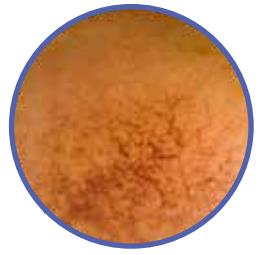
Diagnostic values
-Couperoses
-Rosacea
-Acne
-Sensitized skin areas
-inflamations
-Sensitive skin
-Skin tone homogenity
-Skin discolorations and pigmentations
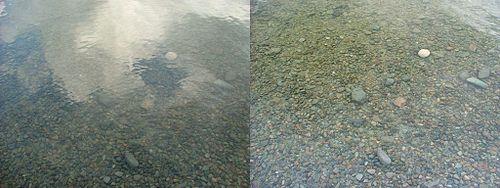
| Without polarization filter | With polarization filter |
| Parallel-Polarized | Cross-polarized |


4.
The true UV mode
The OBSERV is equipped with low intensity but very pure UV light sources. Via an ingenious system of optics and computer-calculated mirrors, invisible UV light is projected into the facial skin. As these rays are invisible they are not picked up by the human eye. However these invisible rays have the capacity to travel into the skin. Inside of the skin, the cells and tissues have the natural capacity to turn these invisible rays into visible light and in this way effectively turn the skin into a human lamp. As the light is generated within the skin itself instead of being projected onto the skin; it almost seems that the skin itself is lighting up as if a torch light is held against the backside of the skin. Consequently, skin impairments and conditions which previously hardly could be seen by the naked eye, now clearly stand out from normal healthy skin tissue. Additionally different cells and skin tissues in different conditions create different fluorescent illumination patterns so skin conditions which in the daylight can deceptively look the same can now easily been differentiated.
Diagnostic values
Sebum gland distribution
-Skin type determination
-Pore health
-Pigment hiding inside the skin (Sun damage, freckles, Chloasma)
-Dry skin squames
-Acne inflammation and sebum gland activity
-Thinning of the skin (connective tissue degradation)
-Scar tissue growth
-Future skin problems
-Post-inflammatory hyperpigmentation
5.
Wood’s mode
The wood’s mode is named after the inventor of the original Wood’s lamp, Robert William Wood. In this mode the illumination of Wood’s lamp is replicated. This original lamp did not have the UV purity of which the True UV sources in the OBSERV produces. It actually contains a weak but strongly visible blue component. Though at the time of the original Wood’s lamp this visible blue haze diminished the visibility of the fluorescent light coming out of the skin it still remains to have a strong diagnostic value as the blue light is reflected by skin lipids. As a result a light and pinkish coloured haze appears on areas on which the oil film has distributed.
Diagnostic values
-Distribution of oil film
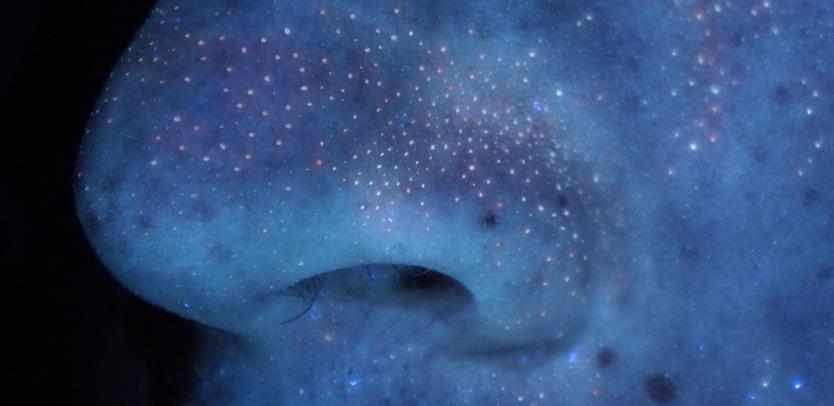
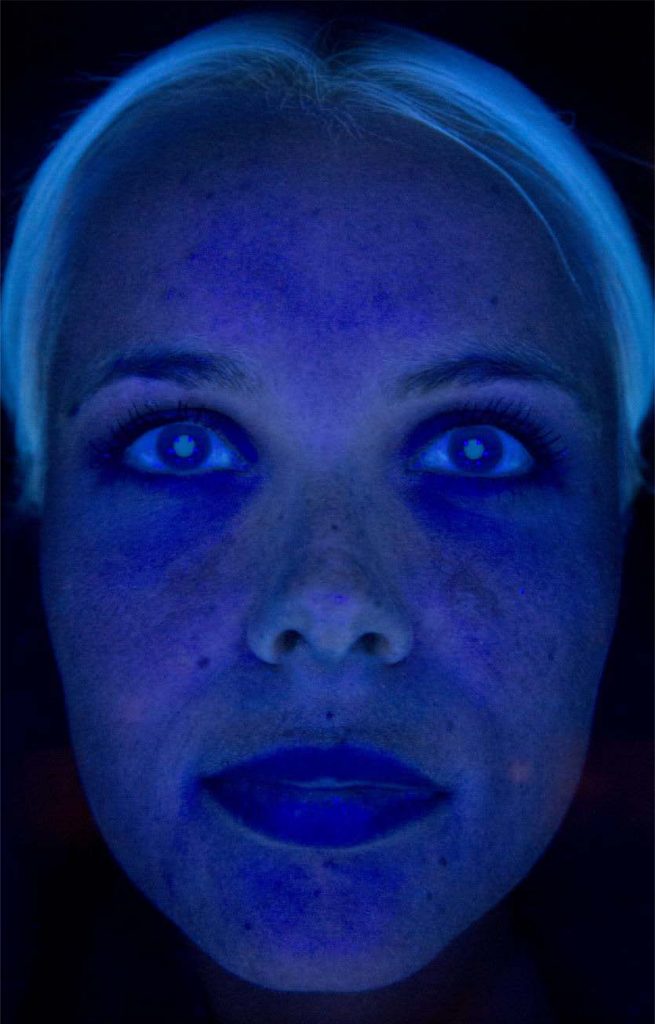

6.
The Complexion mode
The interpretation of human face is complicated by the fact that the human brain is programmed to assess a human face in an instinctive instead of analytical manner. When it comes to facial aging it is clear that topographic features, such as lines, wrinkles, skin shape and firmness contribute to the perceived age of a person. However, there are more skin features which contribute to the beauty of skin and it degeneration. As a result of biological aging and the accumulation of photo-damage the skin loses it overall skin tone homogeneity which it originally obtained at birth. Slowly local pigmentations occur and the skin tone may develop differently across different sections of the face. Though minute variations in skin tone and light pigmentations are subconsciously considered when intuitively estimating someone age, they are simply not as tangible as aging signs described as topographic features. For this reason the complexion mode is developed. On the iPad the cross-polarized images undergoes some advanced imaging processing steps with the objective to amplify the minute differences and impurities of the skin tone across the whole surface of the facial skin. This amplifications makes the influences of skin tone inhomogeneity on the apparent age far better distinguishable from the topographical aging signs. Therefore the complexion mode provides a powerful means to communicate on cosmetic interventions which are designed to balance skin tone contrast and thereby improve the beauty of the skin.
Diagnostic values
-Evaluate homogeneity of skin tone distribution
-Determine photo-aging level
-Reveal areas of skin pigmentations
-Locate areas of skin sensitisation/irritation
Do you really know your skin?
Book Your Professional Skin Consultation and Analysis now!
Check out these posts
How does Microdermabrasion Work to Improve Your Skin?
This is the secret to instantly younger, more beautiful skin If your skin appears dull, lifeless, or even older than you’d like, give it a hydration boost with our microdermabrasion treatment. Get ready to walk out of your treatment feeling absolutely fabulous,...
5 Dominant Skin Concern Types That Affect the Look of Your Skin
Research Shows: – 78.8% of women say their skin is their main concern – 9 out of 10 women feel that their skin is dehydrated – 64% of women say this affects their confidence. Do you have the same or similar feelings about your skin? Learn the 5 most common skin concern types and what you can do about it.
Your Skin Through the Ages
Discover you're skin condition over time Learn how your skin changes through various stages of life. Explore common skin conditions through the ageing process and treatment options to keep your skin looking lush. PRETEENS & TEENAGERS Skin problems can appear...



